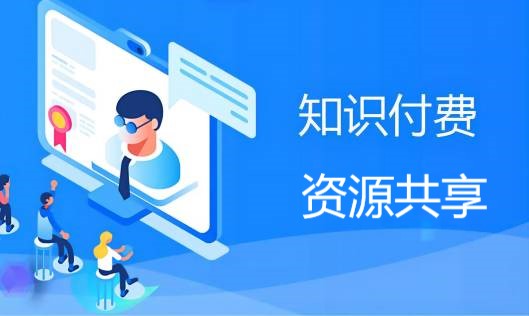| 爱旭科技公司借壳上市案例分析 摘要:在经济新常态下,政策能源行业的补贴减少,企业都试图扩大市场规模,提高自身竞争力。在公司发展过程中会面临资金不足的问题,而公司通过A股市场上市可以拓宽其融资渠道使公司享受更高的资产估值。公司登陆A股市场有两种途径:首发股票上市(IPO上市)和借壳上市。就目前看来,除了《公司法》对IPO上市的苛刻条件限制外,我国证监会也在2003年发布通知提高IPO首发上市公司的门槛,公司IPO上市之路变得更加艰难和漫长,国内越来越多成长期的优质企业选择借壳实现上市。 光伏行业的爱旭科技是个典型例子,在2018年迎来业绩爆发,2019年选择借壳,最终成功进入资本市场。本文就此为例,通过对借壳动因及上市效应进行分析,得出借壳实现互利共赢,助推企业战略发展,期望通过本案例对同类行业在借壳方面构成借鉴意义。 关键词:爱旭科技;借壳上市;企业发展 ABSTRACT: Under the new economic normal, the subsidies of policy energy industry are reduced, and enterprises are trying to expand the market scale and improve their competitiveness. It is true that the company will face the problem of insufficient funds in the development process, and the listing of the company through the A-share market can broaden its financing channels and enable the company to enjoy higher asset valuation. There are two ways for companies to land in A-share market: IPO listing and backdoor listing. However, at present, in addition to the harsh conditions of IPO listing in the Company Law, China Securities Regulatory Commission also issued a notice in 2003 to raise the threshold of IPO initial listing companies, which makes the road of IPO listing more difficult and long. In this context, backdoor listing has become the choice of the energy industry.
Keywords: Aixu Technology;backdoor listing;asset restructuring 目 录 一、绪论.......................................................1 (一)研究背景与研究意义........................................1 1.研究背景..................................................1 2.研究意义..................................................1 (二)国内外研究综述............................................1 1.国外研究综述..............................................1 2.国内研究综述..............................................2 3.国内外研究评述............................................3 二、借壳上市相关概念和理论基础...................................3 (一)借壳上市相关概念...........................................3 (二)理论基础...................................................4 1.价值低估理论................................................4 2.协同效应理论................................................4 3.委托代理理论................................................4 三、爱旭科技借壳上市双方动因分析.....................................5 (一)借壳双方公司概况.............................................5 (二)爱旭科技借壳动因分析.........................................6 1.行业发展因素,具备竞争优势...................................6 2.拓宽融资渠道,借壳成本低.....................................7 3.壳公司符合标准,同时产生协同效应.............................7 (三)ST新梅卖壳动因分析..........................................7 四、爱旭科技借壳上市的存在的风险和防范策略...........................8 (一)风险分析.....................................................8 1.等级全息建模.................................................8 2.客户依赖程度高...............................................9 3.业绩承诺风险..................................................9 (二)防范策略......................................................10 1.做好前期准备...............................................10 2.跟进中期管理...............................................10 3.完善后期计划...............................................10 五、结语...........................................................11 参考文献...........................................................12 致谢...............................................................13 |
爱旭科技公司借壳上市案例分析
更新时间:2025-09-12
上一篇:论会计诚信与会计职业道德




